Factors That Affect Tire Longevity: Expert Tips and Advice
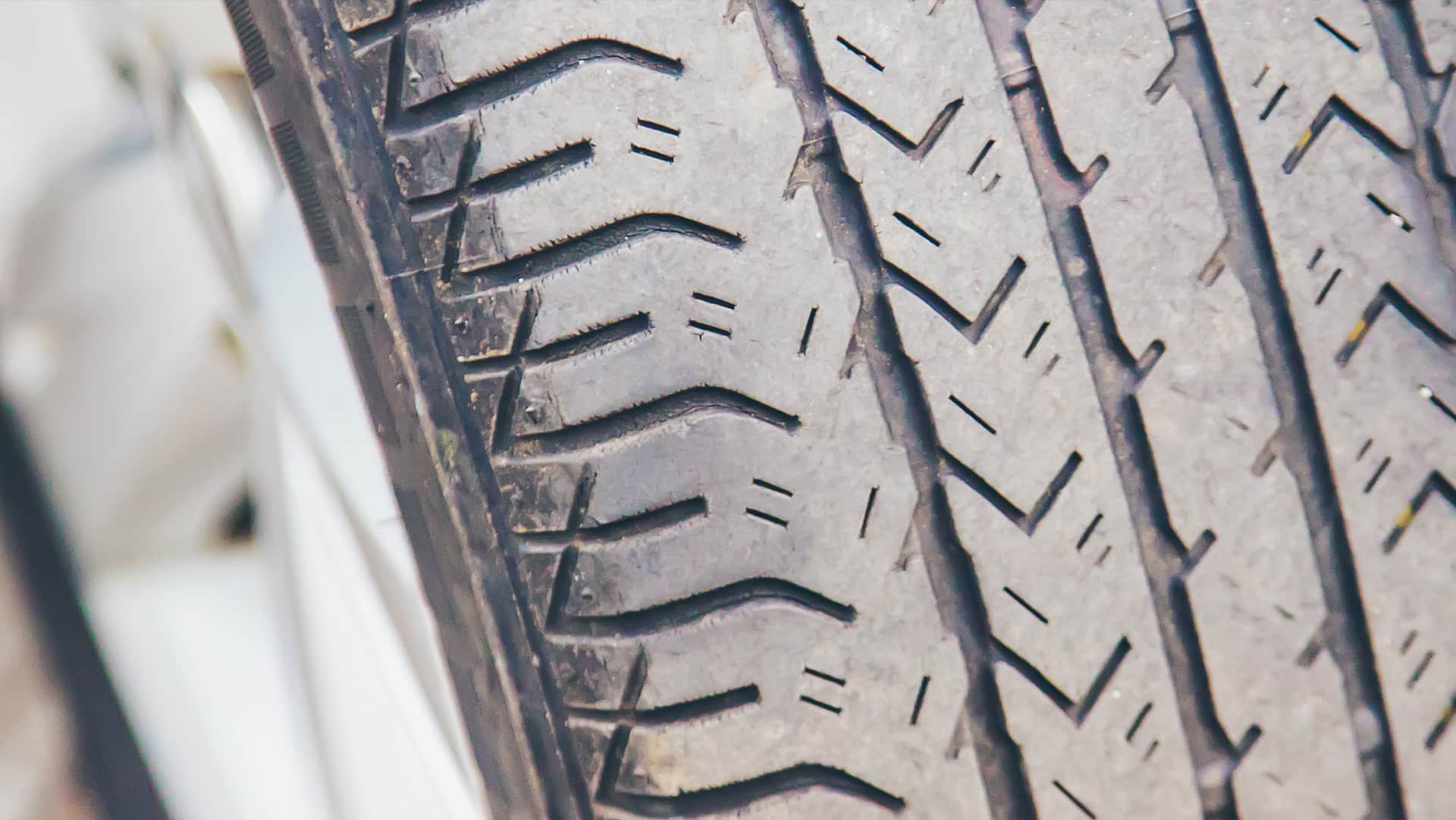
Tires are an essential part of any vehicle, providing the necessary traction and grip needed to keep you safe on the road. But how long do tires really last? It all depends on several factors which will be discussed in this article.
Tire longevity or life expectancy is determined by a variety of factors, including how well they’re maintained, usage practices, environmental conditions, manufacturing quality, and driving habits. Knowing each of these components can help you maximize your tire’s lifespan and ensure that you stay safe on the road.
Factors That Affect Tire Longevity: Tire Maintenance
Regular tire maintenance is crucial to ensure the longest possible lifespan for your tires, including proper tire rotation and balancing, maintaining correct inflation and wheel alignment, and avoiding overloading.
Proper inflation pressure

Proper inflation pressure is an essential component of any tire’s lifespan and should always be checked regularly to ensure that the optimal amount of air is present in each tire.
regular rotations
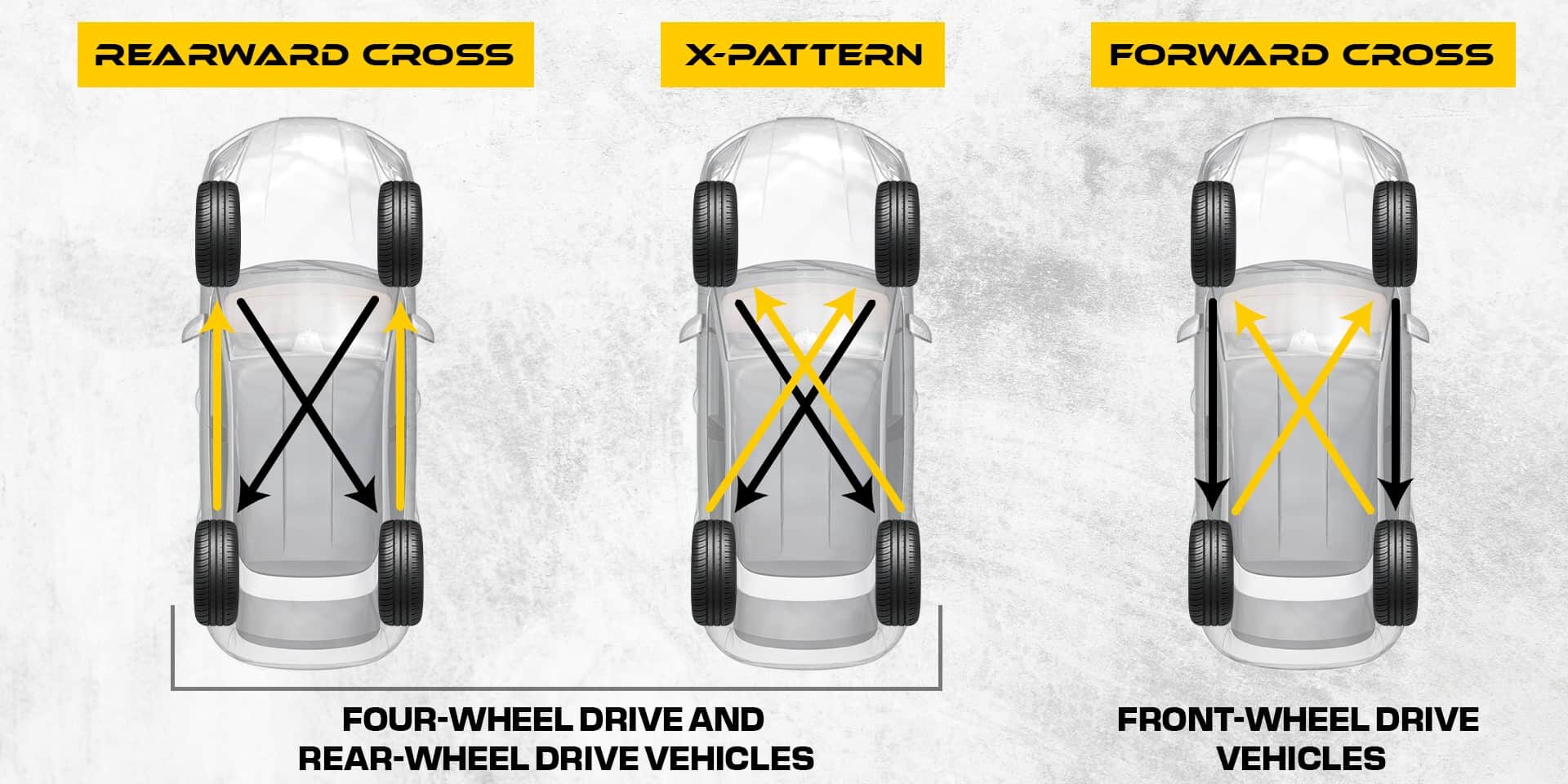
Tire rotation helps ensure even tire wear, which helps maximize the lifespan of your tires and improve their performance.
When you rotate your tires, you move them from one position to another on your vehicle. Depending on the type of vehicle and tires, this could mean moving the front tires to the back or vice versa, or swapping them from side to side.
This helps spread out the wear and tear on each tire so that they all wear evenly over time.
Regular balancing
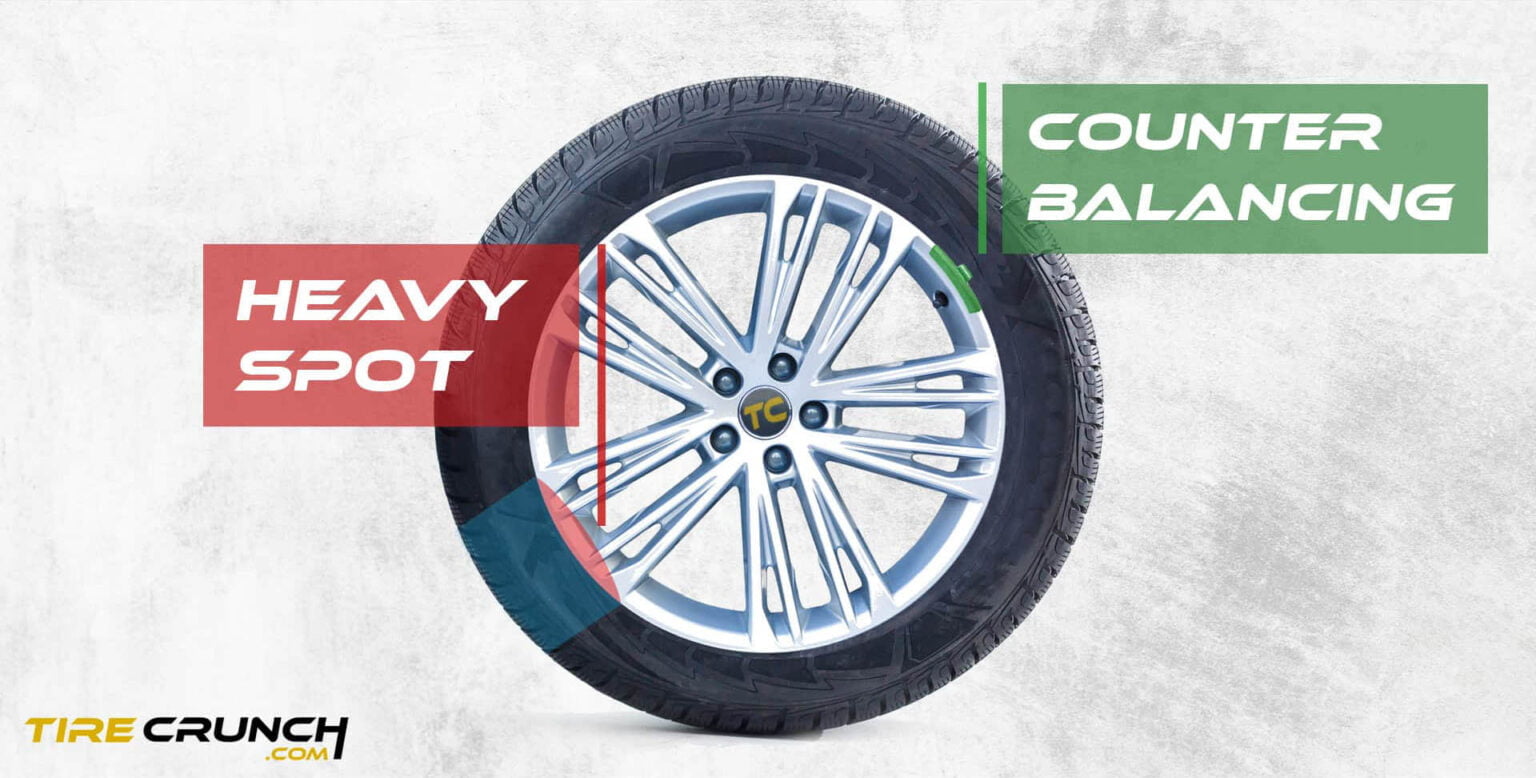
Tire balancing ensures that the weight of a tire and wheel are evenly distributed, so they can work together seamlessly. Without proper balance, wheels can cause vibrations and premature wear.
It’s recommended to have your tires balanced every 6,000 miles or when you get new tires installed. If you notice any shaking or vibrating while driving, it could be a sign that your tires need to be balanced.
Wheel alignment maintenance
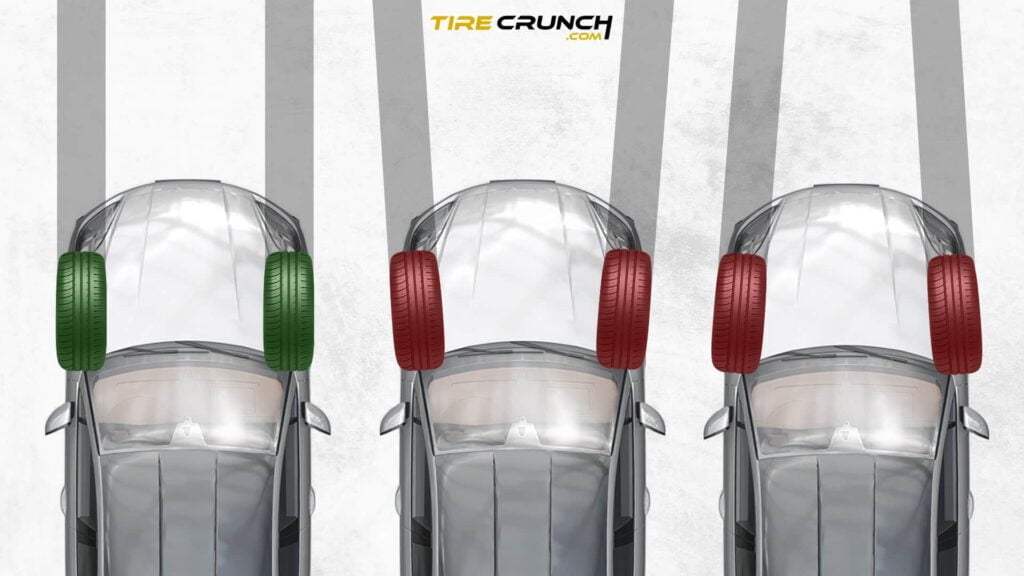
Wheel alignment involves adjusting the angles of your wheels to ensure they are perpendicular to the ground and parallel to each other. This helps ensure that your car drives straight and true, and that you get maximum tire life out of each set.
When wheels are misaligned, it can cause uneven wear on the tires, leading to premature tire failure. It can also lead to poor handling, increased fuel consumption, and reduced stability while driving.
Wheel alignment should be done at least once a year or every 10,000 miles (16,093 kilometers).
Driving Habits And Conditions
Your driving habits and the road conditions you encounter can significantly impact your tire’s longevity.
If you tow regularly with your vehicle, it is advisable to invest in reinforced tires as they are specifically engineered to handle this type of stress. These types of tires have a stiffer sidewall construction that offers better stability when carrying heavier loads.
To protect your tires from sun damage, it’s important to avoid prolonged exposure to direct sunlight whenever possible. If you need to park your vehicle in a sunny area for an extended period, consider using tire covers or finding shaded parking spots.
Tire Materials And Quality
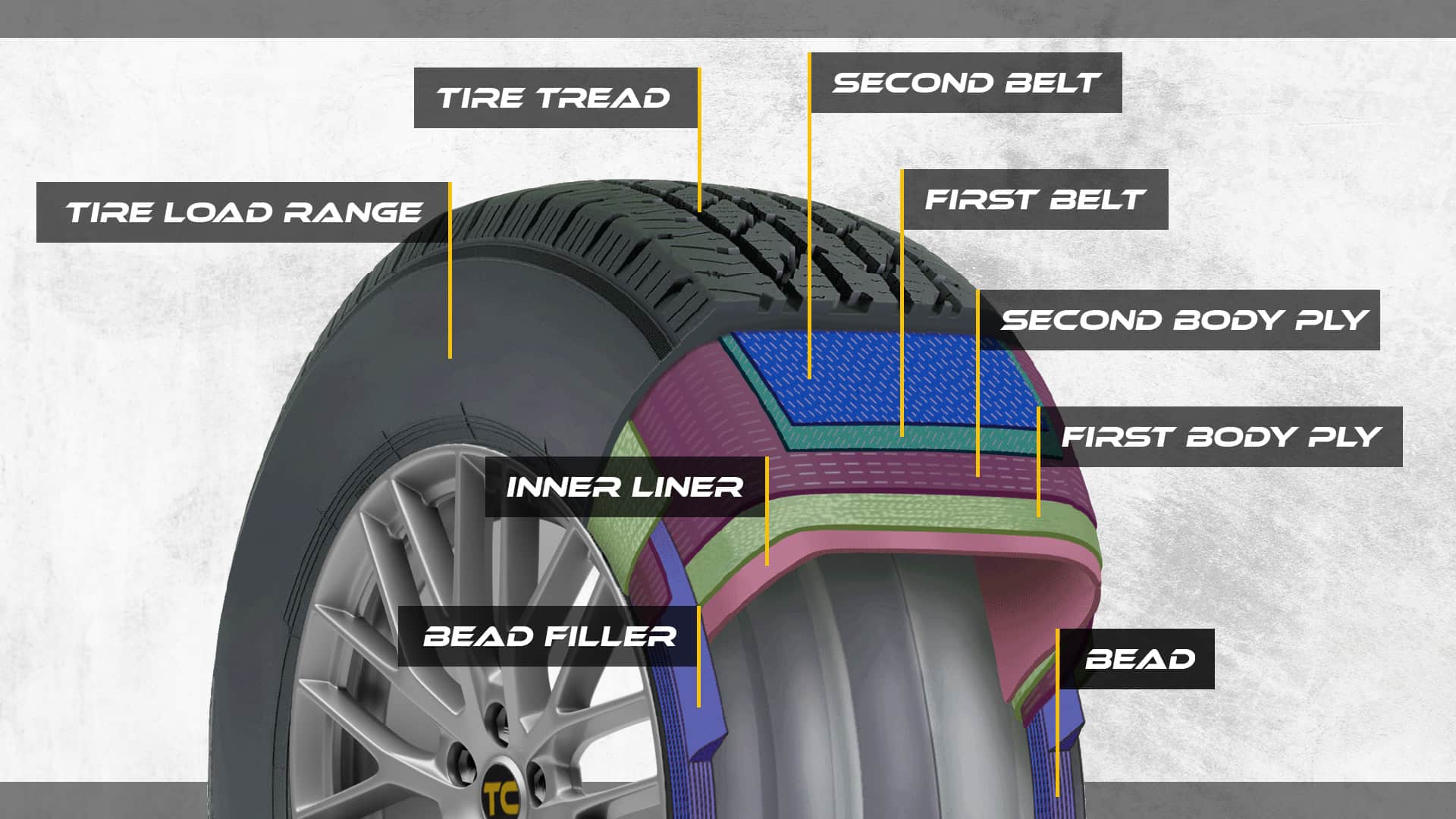
Type Of Rubber And Compounds Used
The quality of the rubber used in tires plays a crucial role in their longevity. Generally, harder compounds are more durable and long-lasting, while softer ones offer better grip and traction. However, they wear out faster than harder compounds.
Brand And Manufacturing Quality
The quality of the tire materials and manufacturing process is paramount in determining how long a tire lasts. Reputable brands invest heavily in research and development to create tires with the best performance, durability, fuel efficiency, and safety features.
On the other hand, lower-end brands may cut corners by using cheaper raw materials or outdated methods to produce their tires; these brands may save consumers some money upfront but do not have consistent performance or longevity over time.
Vehicle Make And Model
Weight And Size Of The Vehicle
The weight and size of a vehicle can have a significant impact on tire longevity. Large, heavy vehicles like SUVs and trucks put more stress on their tires due to their increased rolling resistance and load capacity.
This can result in faster wear and tear, as well as particle generation that can negatively affect driving safety. On the other hand, smaller cars tend to have less strain on their tires, leading to longer lifespan for each set.
Type Of Driving System (All-wheel, Front-wheel, Etc.)
The type of driving system in a vehicle also affects tire longevity. All-wheel drive systems, for instance, distribute power to all four wheels, resulting in greater traction and better stability on wet or slippery roads.
This means that tires used with an all-wheel drive system tend to wear out more evenly than those used with other driving systems. On the other hand, front-wheel drive vehicles place more stress on the front tires, leading to quicker wear and tear compared to rear tires.
Age Of The Tire
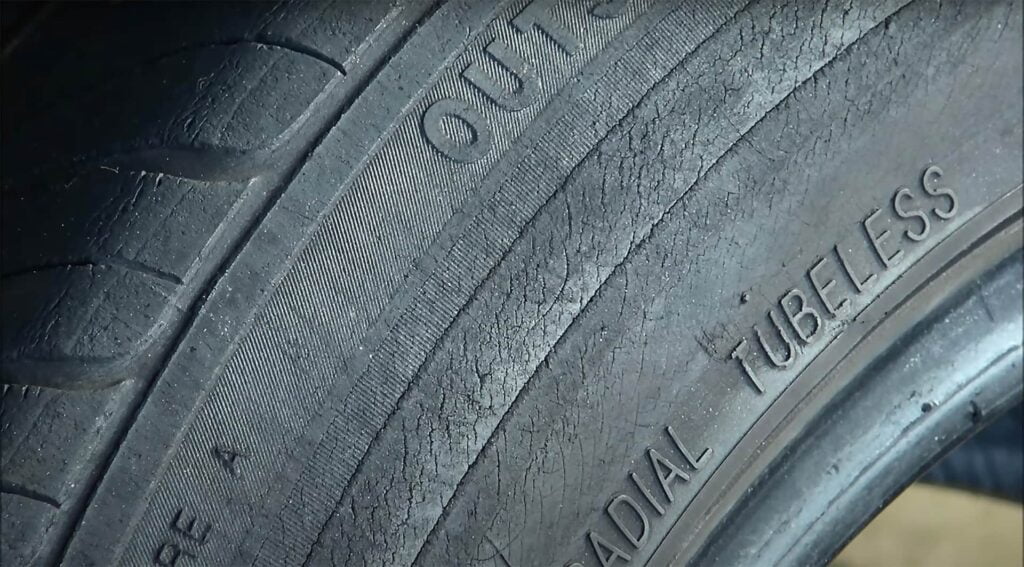
It’s important to remember that tires naturally wear the more they are driven, and worn-out tires provide significantly reduced traction in wet or icy road conditions. Most drivers know it’s a good idea to replace tires with less than 2/32″ of tread remaining.
But what many drivers don’t realize is that even minimally used tires, like those on recreational vehicles, spare tires, or collectible cars, can also be at risk for losing their structural integrity over time due to lack of driving. This process is known as “aging” — an aged tire still has substantial tread depth, but its rubber has weakened because it hasn’t been driven long enough for the chemicals to remain effective.
This means that although the tire may have plenty of tread left on them, they lack adequate traction and handling in adverse weather conditions, which can lead to dangerous driving situations.
Knowing the age of your tires is crucial for ensuring safe and effective use. The production date can be found on the tire’s sidewall, with the last four digits of the DOT number indicating the week and year of manufacture.
While some experts recommend replacing tires that are six to ten years old regardless of their tread depth, car manufacturers suggest replacement at six years to ensure safety on the road.

Conclusion
In conclusion, keeping your tires in top shape is vital for both your safety and your wallet. Regular maintenance, such as tire rotation and proper inflation, can greatly extend the lifespan of your tires.
Your driving style and road conditions also play a significant role in how long your tires will last. And let’s not forget about the impact of weather and storage on tire longevity.
By taking all of these factors into consideration, you can ensure that you get the most out of every tire while staying safe on the road.
